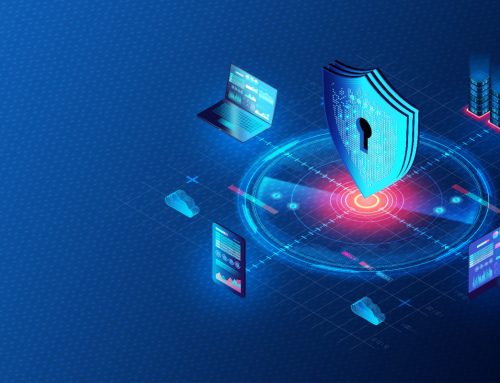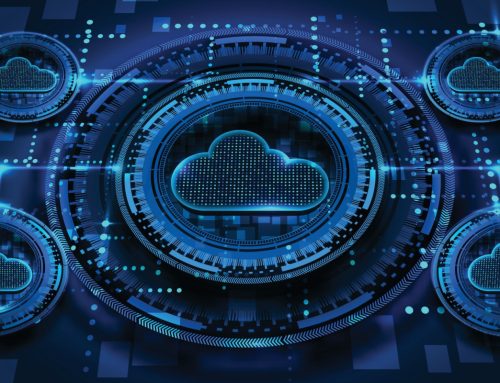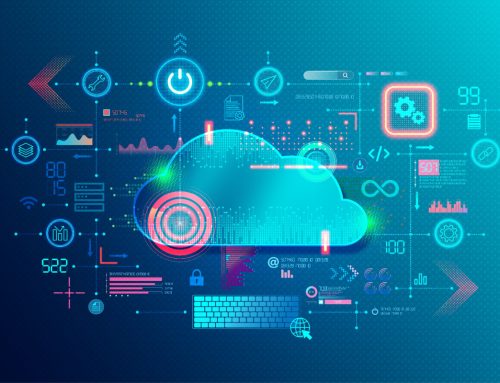The pandemic forced a shift to remote and hybrid work models. While many feared this would hurt productivity, studies have shown the opposite – employees working from home, even part-time, are often more productive.
While the original shift came with growing pains, with 40% of remote workers lacking a dedicated workspace and 55% paying for home office expenses themselves, most employees now want a hybrid model, according to research by HP.
But to sustain this, technology needs to be designed with well-being in mind.
Why is well-being important?
Well-being is essential for your business because it directly impacts employee happiness. When people feel good mentally, physically, and emotionally, they have the energy and motivation to do their best work. Studies show that fostering employee well-being leads to higher engagement, creativity, and productivity.
Some companies go as far as incorporating well-being into employee benefits packages, offering incentives for participating in wellness programs and achieving health-related goals.
Tech designed with well-being in mind
Employees now work in many spaces – small home offices, public spaces like coffee shops, shared workspaces, and more.
The technology they use needs to be flexible for these varied environments. Products like webcams, headsets, monitors, and laptops can reduce clutter, noise, and distractions to help employees stay focused.
For small home office spaces, solutions like wide-view webcams, noise-cancelling headsets, and portable monitors allow employees to stay productive without clutter. In larger dedicated home offices, wireless keyboards, Wi-Fi extenders, and large or multi-monitors empower employees with comfort and flexibility.
For example, HP’s 325 FHD Webcam and the Poly Blackwire 8225 Headset optimise small office setups with crisp video and noise cancellation.
The HP E24m Conferencing Monitor and Poly Studio P15 Video Bar enable immersive meeting experiences in larger spaces.
Professional headsets block out ambient noise in shared and multi-use spaces for more explicit calls, while portable monitors and docks allow quick setup and collaboration.
For remote workers in public spaces, features like noise cancellation, visual privacy screens, and anti-RFID bags keep work secure.
Security to enhance employee confidence
People working remotely should also feel secure. A vital security starting point is implementing a virtual private network (VPN), which creates an encrypted tunnel for remote workers to access company accounts and data securely.
Popular business VPN providers include Cisco and NordVPN. Multi-factor authentication (MFA) adds another security layer by requiring employees to enter an extra login step like a code sent to their phone. This prevents unauthorised access if credentials are compromised.
Install endpoint security tools like firewalls and antivirus to prevent malware infections and educate staff on threats like phishing and the risks of public Wi-Fi.
At the core, Tech designed with well-being in mind aims to make the employee experience positive. This means choosing solutions that reduce stress, strain, and frustration. It means enhancing comfort, flexibility, and collaboration





